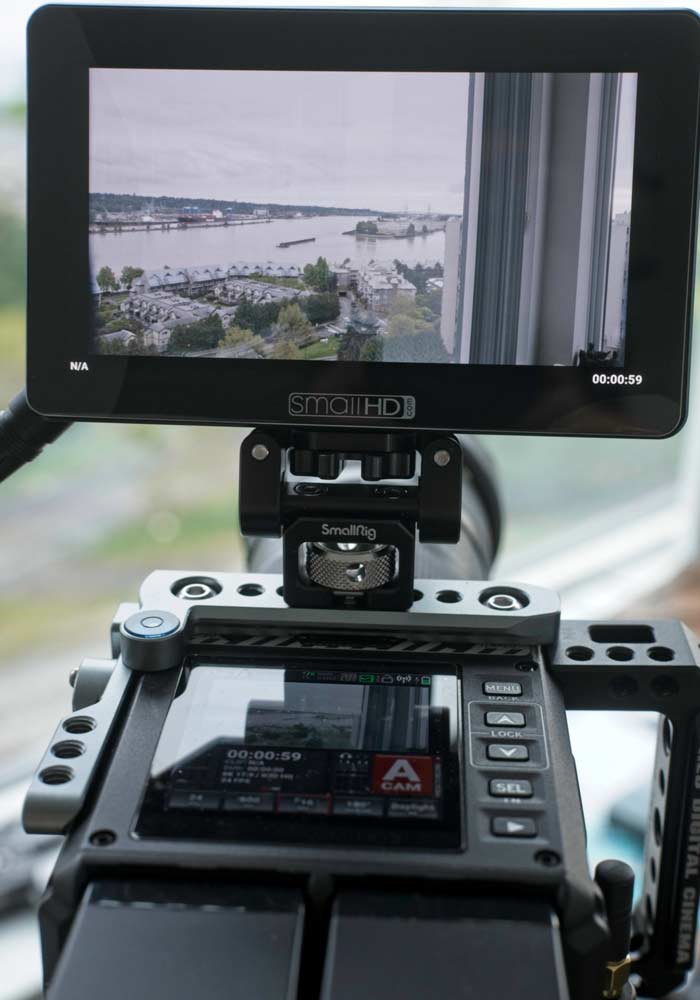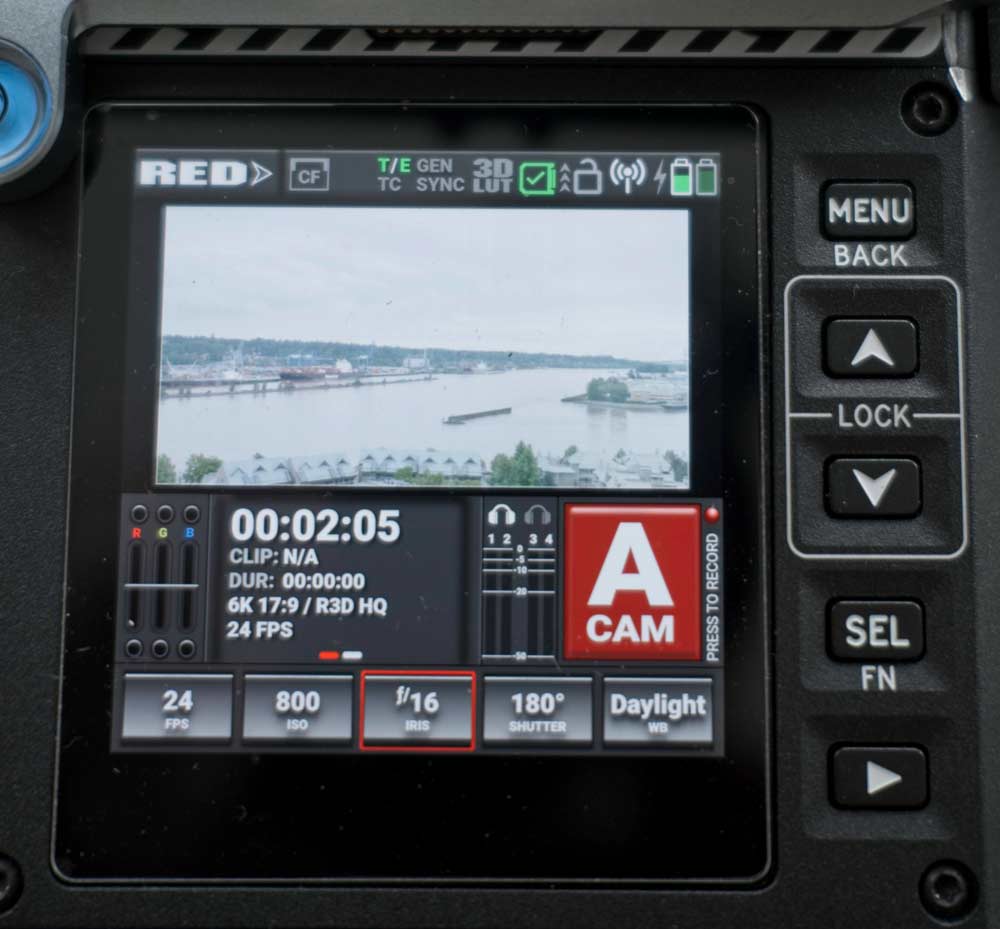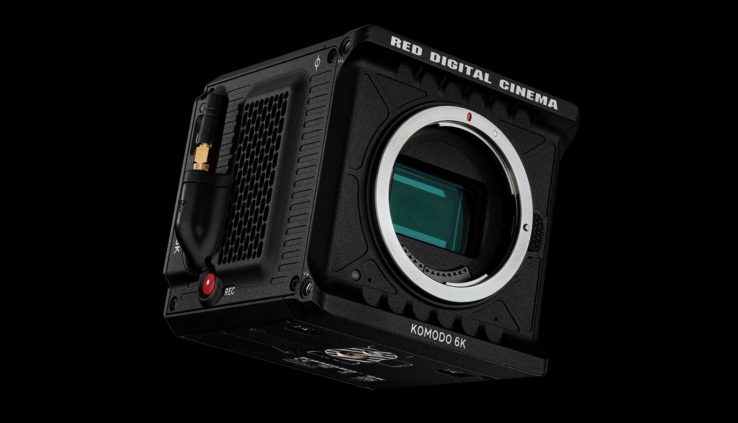RED KOMODO Review: Long Term Impressions
By Adam Noyes
The RED Komodo is one of the most popular new cameras from RED Digital Cinema. The camera is decently new but has been available now for many cinematographers and professionals to use it in the field and create well thought out impressions of it.
Recently, redsharknews.com posted a great review of the Red Komodo after having it in their arsenal for multiple shoots. Check out some highlights from that review, below.
In order to keep my rig compact and portable, I’ve gone a relatively minimalistic rig. A Wing Grip is a good, compact handle, and a Kondor Blue top plate provides an Arri style mounting point for a monitor mount. I can attach my SmallHD Focus OLED to the monitor mount, or attach a cell phone clamp if I’m using my cell phone as a monitor.
The top screen is sharp and easy to read, though almost half of the screen real estate is dedicated to controls and tools, leaving just half for the image. It’s big enough for framing, but by itself not for judging focus, so I leave focus peaking enabled on that display pretty much permanently.
Though I’ve been able to get shots in focus using the top screen and focus peaking, it’s definitely easier with a larger screen. All of the focus and exposure tools, including edge detect focus, focus peaking, and false color are available over SDI as well as on the top monitor.

The RED KOMODO with SmallHD monitor.
The most used functions like aperture, ISO, shutter, audio levels and histogram are accessible via the top screen, and the rest are accessible using the physical buttons arrayed along the right side of the monitor. The menu system is pretty straightforward to navigate, and one of the buttons can be customized.
To prevent accidental touch screen interactions, the screen can be locked by pressing and holding the up and down physical buttons at the same time. Of course, the same method unlocks it.
Overall, right out of the box, the camera is very easy to use, and while it is possible to use it quite effectively without a field monitor, it is definitely easier with one.

RED KOMODO user interface.
RED has improved on two other aspects of the camera as well. One is boot time; while it still takes longer to boot than a DSLR or mirrorless stills camera, it’s definitely quicker than its larger and pricier brethren. The other is noise; the Komodo’s dual fan is whisper quiet.

